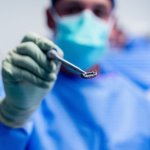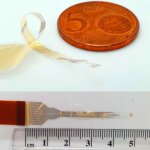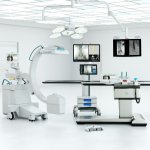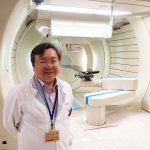
Sponsored • Solutions aligned with global clinical market needs
Innovative biomedical solutions from Taipei presented at MEDICA 2025
With Taipei City Government's support, six Taipei companies will showcase innovative biotech and medical device solutions at MEDICA 2025 (Nov 17–20, Düsseldorf), advancing healthcare with speed and precision.











































































































